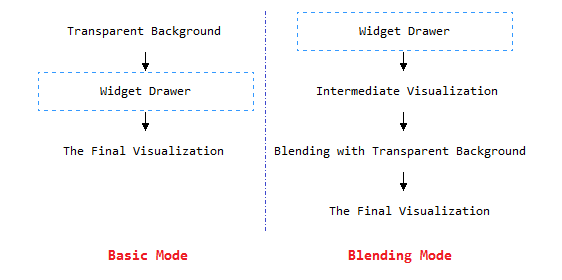- Todo:
- docs: add txt from [http://stdex.sourceforge.net/help/gui/background_effects.htm]
#include <nana/gui.hpp>
#include <nana/gui/widgets/button.hpp>
#include <nana/gui/widgets/label.hpp>
#include <nana/gui/place.hpp>
#include <iostream>
int main()
{
using namespace nana;
button btn(fm,
"Normal Button");
button btn0(fm,
"Basic Mode");
button btn1(fm,
"Blend Mode: Transparent");
button btn2(fm,
"Blend Mode: Blur");
label lb0(fm, (
"Normal Label"));
label lb1(fm, (
"Basic Mode: Transparent"));
label lb2(fm, (
"Basic Mode: Transparent and blend with its background color"));
label lb3(fm,
"Basic Mode: Blur");
pl.
div(
"<><weight=80% abc vertical gap=5><>");
pl["abc"] << btn << btn0 << btn1 << btn2<< lb0<< lb1<< lb2<< lb3 ;
fm.show();
{
});
#ifdef NANA_AUTOMATIC_GUI_TESTING
1, 1, [&btn,&lb0]()
{
}
#endif
);
}

